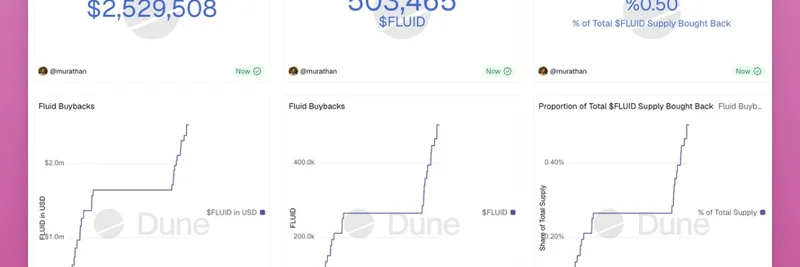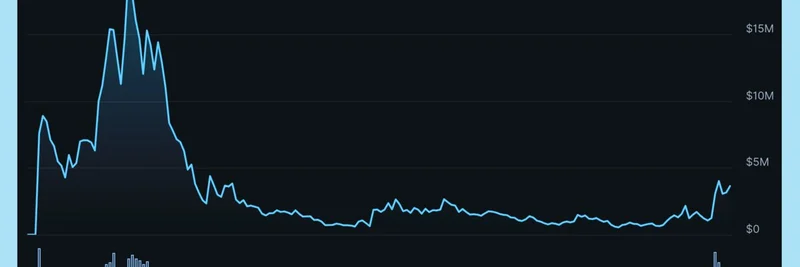Hey there, crypto enthusiasts! If you’ve been keeping an eye on the Bitcoin scene, you’ve probably heard whispers about its long-term security budget issues. A recent thread on X by sassal.eth/acc (@sassal0x) dropped a bombshell: the future of Bitcoin might involve breaking its iconic 21 million cap to ensure security through long-tail issuance. Let’s break this down and explore what it means for the world’s leading cryptocurrency.
What’s the Security Budget All About?
First things first—Bitcoin’s security relies on miners, who use powerful computers to validate transactions and secure the network through a process called proof-of-work. These miners get paid with a "security budget," which includes newly minted Bitcoin (block subsidies) and transaction fees. Right now, this system works like a charm, but there’s a catch: the block subsidy halves every four years, and by 2140, it’ll drop to zero. That’s where the problem starts.
The idea was that transaction fees would pick up the slack, but as sassal0x points out, fees aren’t cutting it. With the latest halving in April 2024 reducing the subsidy to 3.125 BTC per block, and fees making up just 1.25% of the reward, miners might not have enough incentive to keep the network secure. This could open the door to attacks, like the dreaded 51% attack, where someone with majority control could manipulate the blockchain.
The 21 Million Cap Debate
Bitcoin’s 21 million cap is like its golden rule— a fixed supply that makes it a scarce, store-of-value asset, much like digital gold. But sassal0x suggests that breaking this cap with long-tail issuance (a small, ongoing issuance of new Bitcoin) could be the key to keeping the network safe. The logic? More coins mean more rewards for miners, making it harder and costlier for attackers to take over.
This idea sparked a lively debate in the thread. Some, like Riley Soul (@LeeKimberl41456), argue that transaction fees alone could secure Bitcoin long-term, while others, like Nikita Zhavoronkov (@nikzh), throw in a cheeky “don’t threaten me with a good time,” hinting at the chaos a cap break could cause. Meanwhile, Satoshi (@bitcoindev77) suggests scaling Bitcoin might be the real fix, though social resistance could stand in the way.
Digging into the Website Insight
The thread links to a fascinating resource from Blockchair, which dives deep into Bitcoin’s security woes. It highlights that the current block size limit (handling just 5 transactions per second) keeps fees low, driving users to cheaper blockchains. To replace the 3.125 BTC subsidy, each transaction would need a $122 fee—way too steep for most! Scaling solutions like bigger blocks or faster block times could drop this to a manageable $1.22, but changing the consensus or monetary rules (like tail emission) remains controversial.
What’s Next for Bitcoin?
So, what’s the takeaway? Bitcoin’s security budget crisis is real, and the community is split. Breaking the 21 million cap could ensure long-term stability, but it risks alienating purists who cherish its scarcity. Alternatives like scaling or relying on fees are on the table, but each comes with trade-offs. As sassal0x warns, the alternative to action might be “certain death” for Bitcoin’s network integrity.
For meme token fans and blockchain practitioners, this is a chance to learn how even the biggest cryptos face evolving challenges. Stay tuned to meme-insider.com for more updates, and let us know your thoughts in the comments—should Bitcoin stick to its guns or adapt to survive?


